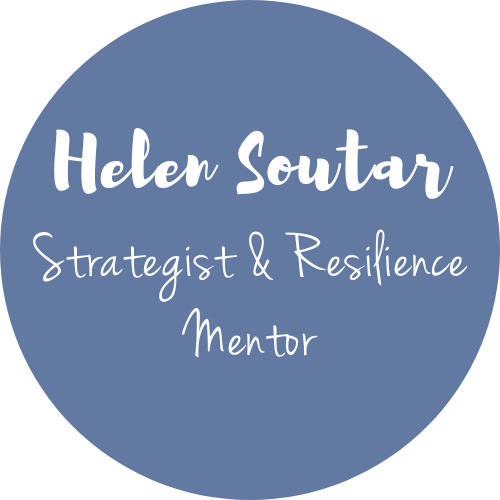Why You’re Stuck in the Cycle of Burnout
Burnout doesn’t happen overnight. It builds slowly, creeping in as stress, exhaustion, and overwhelm pile up. You might think the solution is working harder, getting organized, or just pushing through—but these strategies often make burnout worse.
To break free from the cycle of burnout, you first need to understand what’s keeping you stuck.
The Three Drivers of Burnout
Burnout usually stems from a combination of these factors:
- Overcommitment: Saying yes to everything and taking on too much responsibility.
- Perfectionism: Setting unrealistically high standards and beating yourself up when you fall short.
- Neglecting Recovery: Ignoring the need for rest, both physically and emotionally.
These patterns can create a vicious cycle: The more you do, the more you expect of yourself, and the less time you give yourself to recover. Over time, this drains your energy and leaves you running on empty.
Why “Pushing Through” Doesn’t Work
When you’re burned out, pushing through feels like the only option. But it’s a short-term fix that comes with long-term costs:
- Exhaustion: You’re running on reserves you don’t have.
- Reduced Productivity: Burnout makes it harder to focus, think clearly, or get things done.
- Emotional Detachment: You may start feeling disconnected from your work, relationships, and even yourself.
The truth is, burnout isn’t a problem you can solve by doing more—it’s a sign you need to approach things differently.
Resilience: The Key to Breaking the Cycle
Resilience isn’t about being tougher or working harder. It’s about building the skills and habits that help you recover, set boundaries, and manage stress effectively. Here’s how resilience can help:
- Setting Boundaries: Learn to say no and protect your time and energy.
- Managing Stress: Develop tools to handle pressure without letting it overwhelm you.
- Prioritizing Recovery: Make rest and self-care non-negotiable parts of your routine.
Resilience doesn’t just prevent burnout—it gives you the capacity to thrive, even in challenging situations.
How to Start Rebuilding Your Resilience
Here are three simple steps to begin breaking the cycle of burnout:
- Identify Your Burnout Triggers: Write down what’s causing you the most stress. Is it overcommitment, perfectionism, or lack of recovery?
- Set One Small Boundary: Start with something manageable, like declining one unnecessary task or commitment this week.
- Schedule Recovery Time: Block out time for rest or activities that recharge you—and treat it as seriously as any work meeting.
Burnout doesn’t have to control your life. By focusing on resilience, you can break free from the cycle and create a life that feels calmer, more balanced, and more sustainable.
Ready to take the first step? Try this quiz to identify your resilience strengths and areas for growth.

